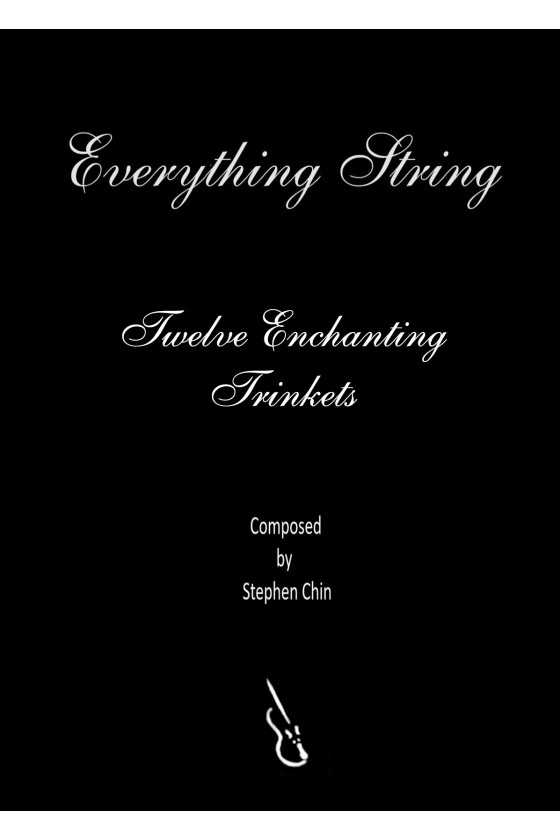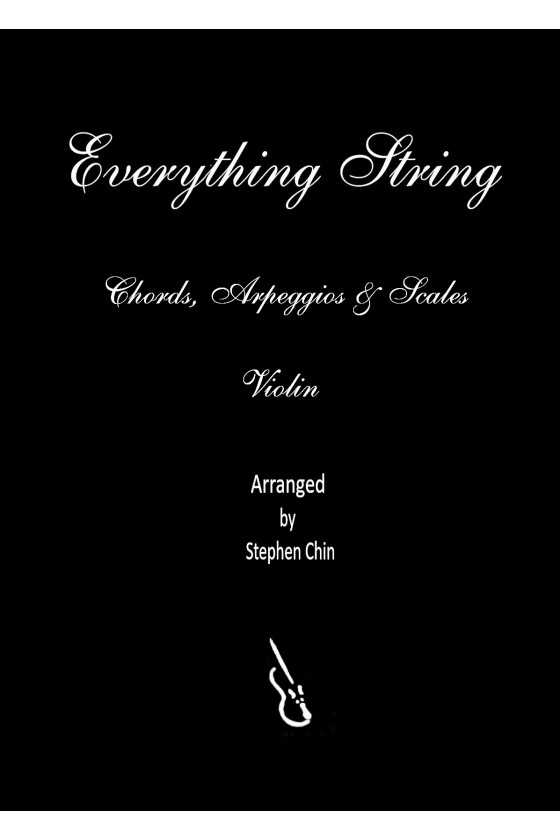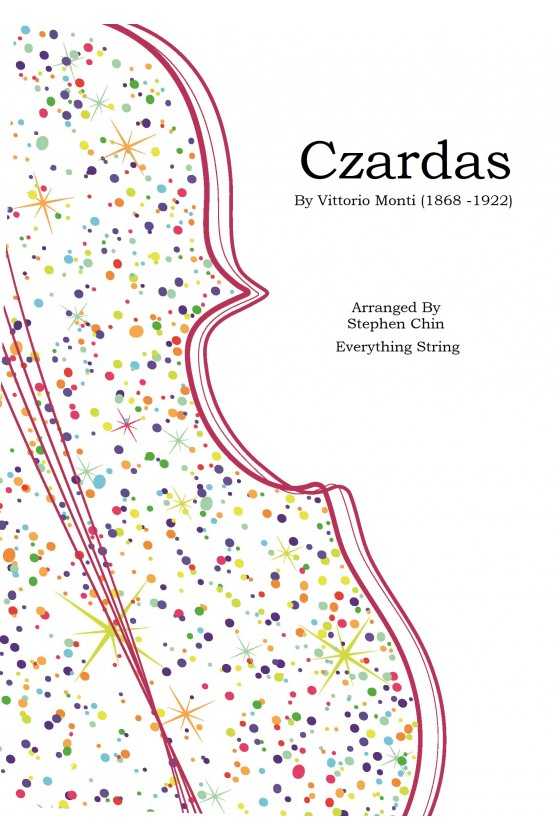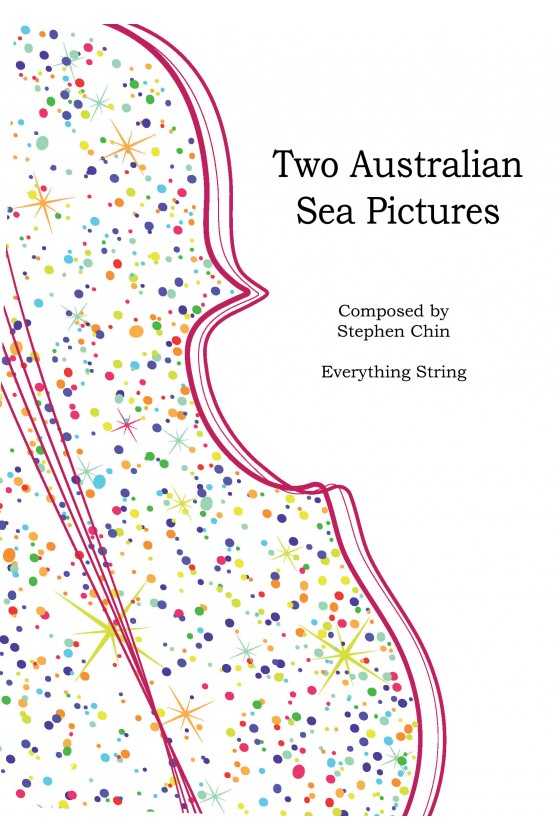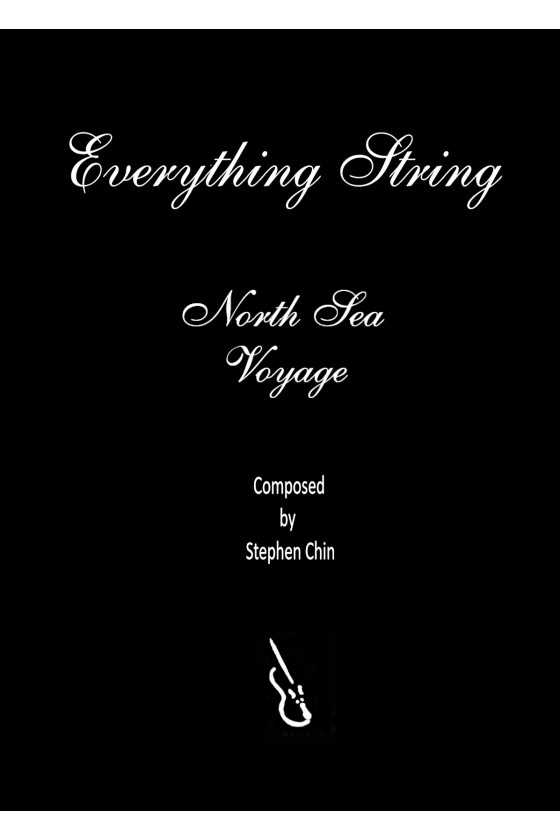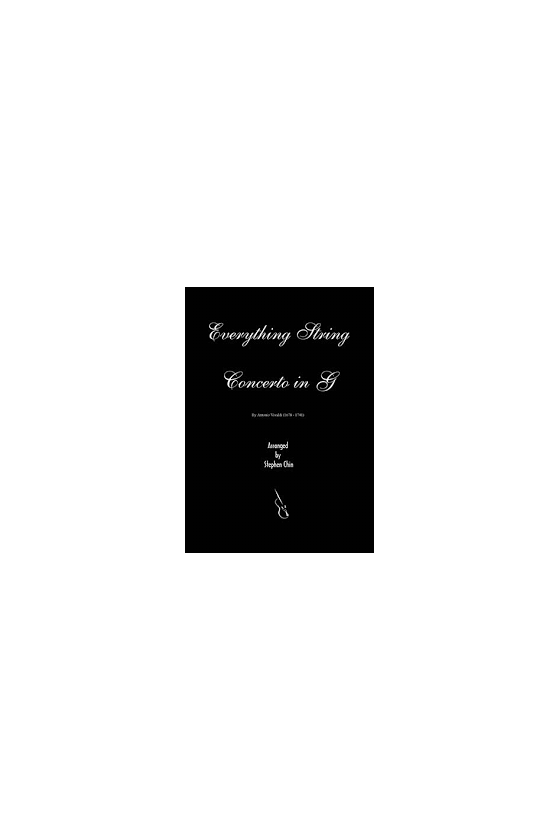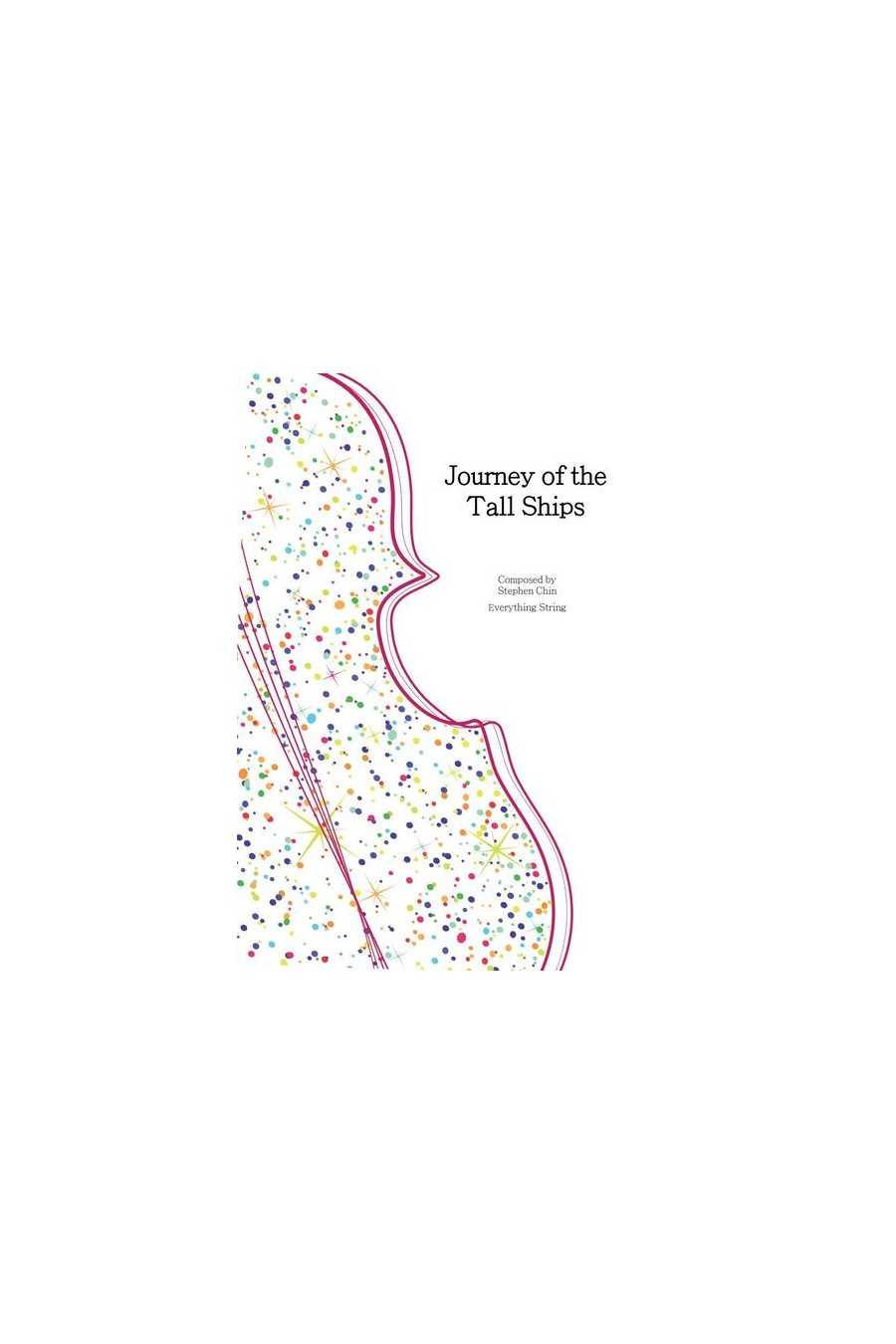
Twelve Enchanting Trinkets By Stephen Chin
These quirky pieces are trinkets that can spark young musicians' imaginations. They cover many techniques, such as pizzicato, staccato, harmonics, and rapid eighth notes, which can help beginning orchestras build their skills in a fun way. The memorable tunes often shared around the orchestra will indeed have your students begging for more!
1. Busy Bikes
2. Sanpan in the Clouds
3. Elephants and Fleas
4. It's Raining Diamonds
5. Very Dark Elves
6. Tibetan Trinkets
7. King Bruce's Spider
8. Nullarbor
9. Dragon Crusher
10. Magical Mandolines
11. Fuji
12. Ice Train
For String Orchestra Grade 1



